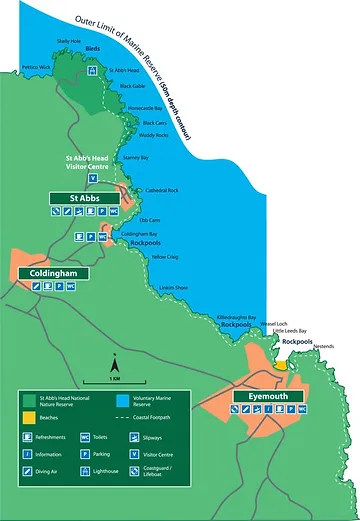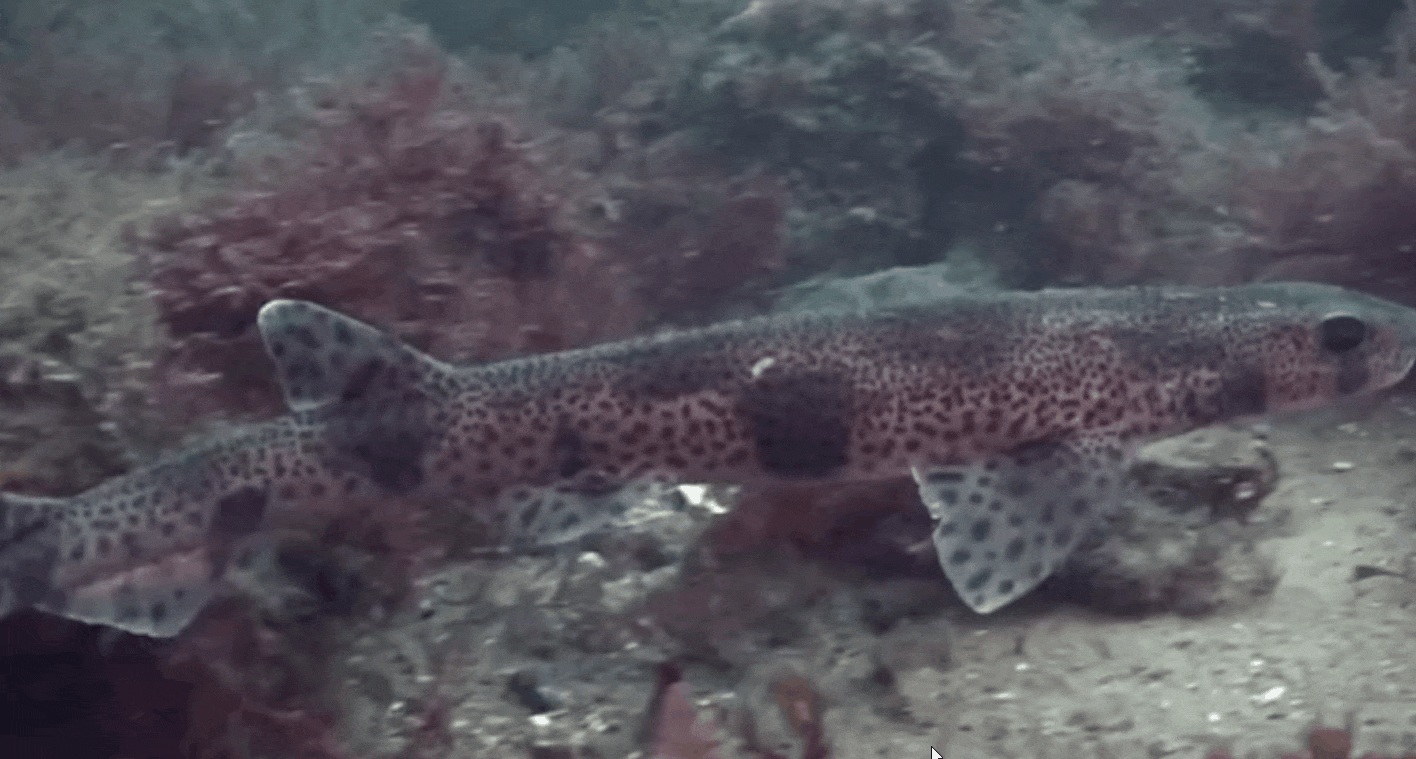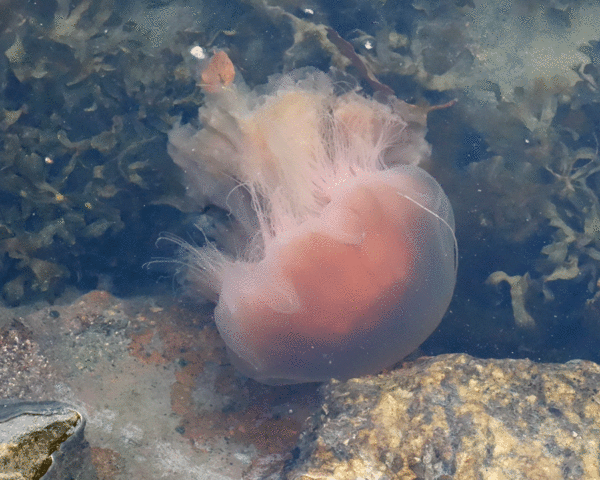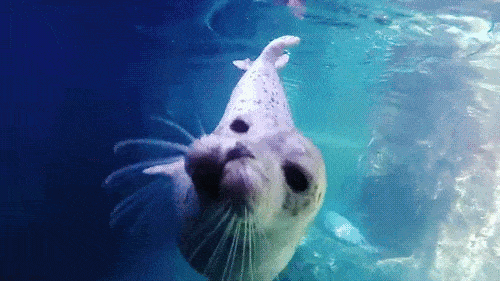Berwickshire Marine Reserve
Situated between historic Eyemouth and St Abbs, Berwickshire Marine Reserve was established by the local community to protect its habitats and species and to ensure that all users can carry out their activities responsibly.
Berwickshire’s coastal waters are home to unique marine life found nowhere else in the UK. For example grey seals, broad-snouted dolphins and minke whales can all be seen here.


Partial Display of Marine Life

Small-Spotted Catshark
The Small-spotted catshark is a small shark, usually around 100 cm in length, with a light brown dorsal surface and a scattering of small dark spots. Often found on sandy or gravelly seabeds, they feed mainly on small fish, crustaceans and molluscs, are active at night and rest during the day, and reproduce by oviposition.

Lion’s Mane Jellyfish
The Lion’s Mane Jellyfish is one of the largest jellyfish in the world and can reach an average length of around 40cm, while the tentacle count is high at over 1200. These tentacles contain toxins that irritate prey or creatures that come into contact with it. Staple foods include small jellyfish, plankton and small fish.

Grey Seals
The grey seal sub is sometimes referred to as the “horsehead seal” because of their large, curved snout. Grey seals gather in large groups during the mating and moulting season. In addition to this, they often share habitat with harbour seals.

Mackerel
Mackerel are a streamlined marine fish, usually blue-green on the back and silvery on the belly, often with striking stripes or spots. They are widely distributed in temperate and tropical oceans around the globe and often live in groups to form large schools, feeding mainly on plankton and small fish.